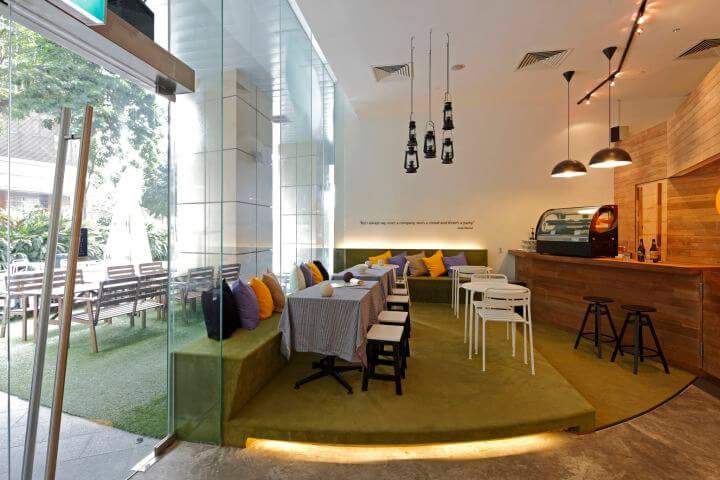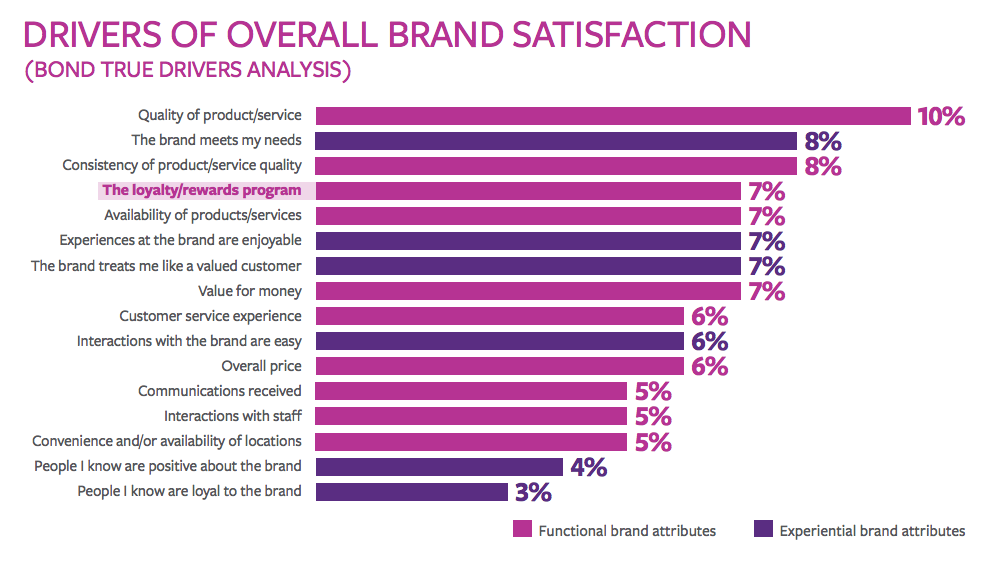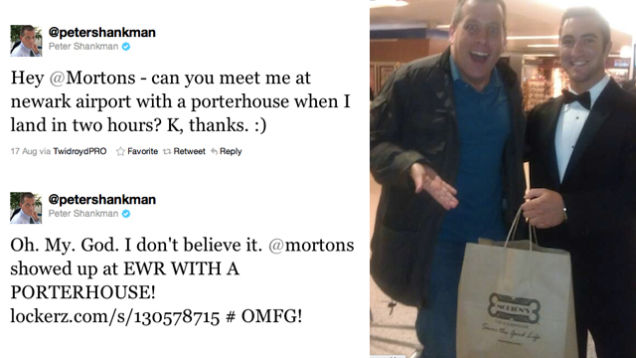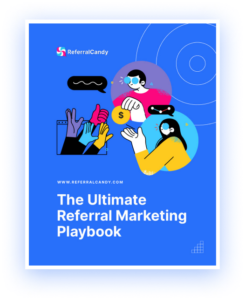Why are you running your own business?
When we talk to our retailers, we find that practically all of them are in their line of work for more than just financial reasons. Several of them even quit high-paying jobs to do what they’re doing.
They want to make a difference to the lives of their customers, however small.
So let’s spend a few moments to think about how you could be more rigorous about that.
What do you need to do to make your customers happy?
1. Put together reasonably good product to begin with

While it would be good to have, you don’t actually need an insanely great product. As one of our retailers told us about his cold-pressed juices, “It’s not rocket science, anybody can do it.” Your product just needs to be reliably good enough for your customers.
Starbucks doesn’t make the best coffee in the world, and they don’t have to. They don’t sell “the best coffee”, they sell “pretty good coffee that’s reliable and familiar, in an environment that you enjoy.” That’s the ‘job’ that the product is hired to do.
Be very, very clear about your value proposition. About what makes you different from your competitors. About why your customers want to buy from you. When you make that clear to yourself, and to your customers, then your customers will find it easier to enjoy their experience around your business and product.
2. Have a pleasant ambience for your customers to enjoy

The Lawn Cafe, SG
An interesting study once found that customers are likelier to buy French wine if French music is playing, even though the customers are unaware that it influenced their decision!
Which just goes to show that ambience and atmosphere can make a big difference when it comes to how your customers feel about your store. You don’t necessarily need to pull out all the stops – you just need to make it feel welcoming and ‘positive’ for your customers.
This post from InsideRetail explores how you can use all 5 senses to really create a great, memorable environment for your customers – one that they’ll want to return to.
3. Quality service from your staff

This is one of the harder parts. First, you want to make sure that you hire staff who have the right sort of personality and mindset.
Then you want to make sure that you treat them really well, so that they feel good about coming to work and feel good about giving your customers a great experience.
You also want to give your employees some autonomy to make decisions that will delight customers – few things are as frustrating for a customer as having to deal with unreasonably complicated return policies, and so on.
4. Provide a loyalty program

Bond Brand Loyalty 2015 Report
According to a Bond Brand Loyalty report, which surveyed over 11,000 consumers, loyalty programs actually have more influence on brand satisfaction than price or perception of value.
It’s sometimes debated that loyalty programs aren’t nearly as profitable as retailers would prefer. But in our experience, the main reason that retailers provide loyalty programs is that their customers ask for it.
Customers have grown to expect to be rewarded for their loyalty, and retailers (especially SMBs) want to do whatever it takes to make their customers happy.
Try CandyBar, a digital loyalty punchcard that gives your store a modern feel.
5. Deliver unexpected rewards

A famous example from 2011 – when Morton’s went above and beyond.
This is a fun one. Studies have shown that people respond disproportionately well to unexpected rewards. Starbucks is noted to be good at this, as well as the Ritz-Carlton.
But you don’t need to be a massive hotel chain in order to surprise your customers with something a little extra. If you notice your customer looking a little down or frazzled, give them something ‘on the house’.
Not every single customer will appreciate it, but some of them definitely will – and they’ll be talking about it with their friends.
6. Respond well to negative feedback

Sometimes you’re going to get some strange feedback on Facebook.
Every so often you’re going to upset a customer, despite your good intentions and best efforts. This is unavoidable. How you respond to it, however, makes all the difference.
There have been many examples of this over the years on Facebook. Some business owners have very publicly dug themselves into a PR disaster by being mean or catty towards unhappy customers. Definitely avoid doing this.
SearchEngineJournal has a pretty good post about how to respond to negative reviews on Yelp. There’s a whole dance to it. Yotpo has a similar guide that’s worth checking out.
Conclusion
Happy customers are fundamental to any business. Business owners will find it personally fulfilling to get positive feedback from happy customers.
They’re also great for business – happy customers are much likelier to refer your store to their friends, and referred customers are known to spend more and be more loyal.
What are your favorite stories about customer satisfaction and happiness?


